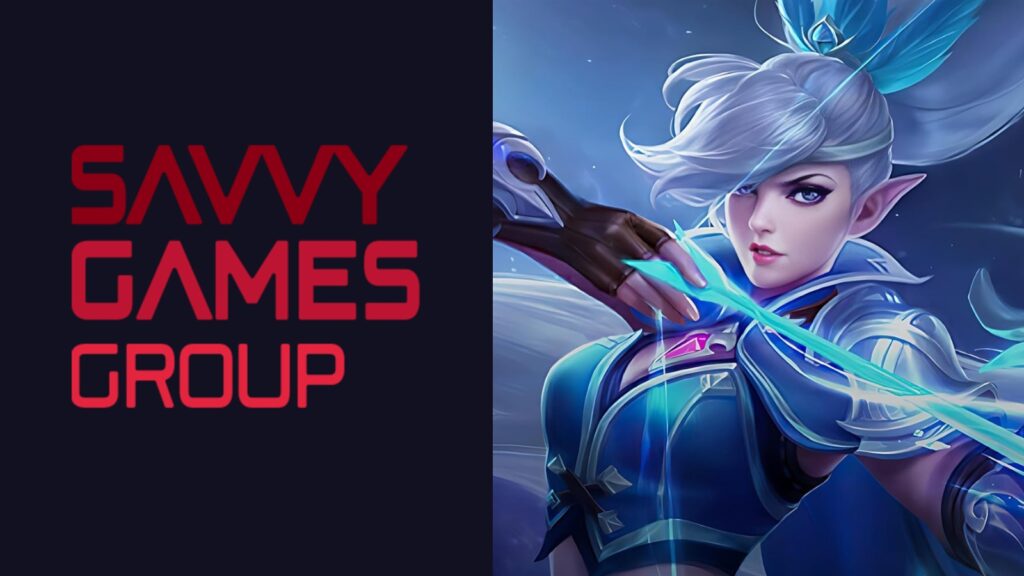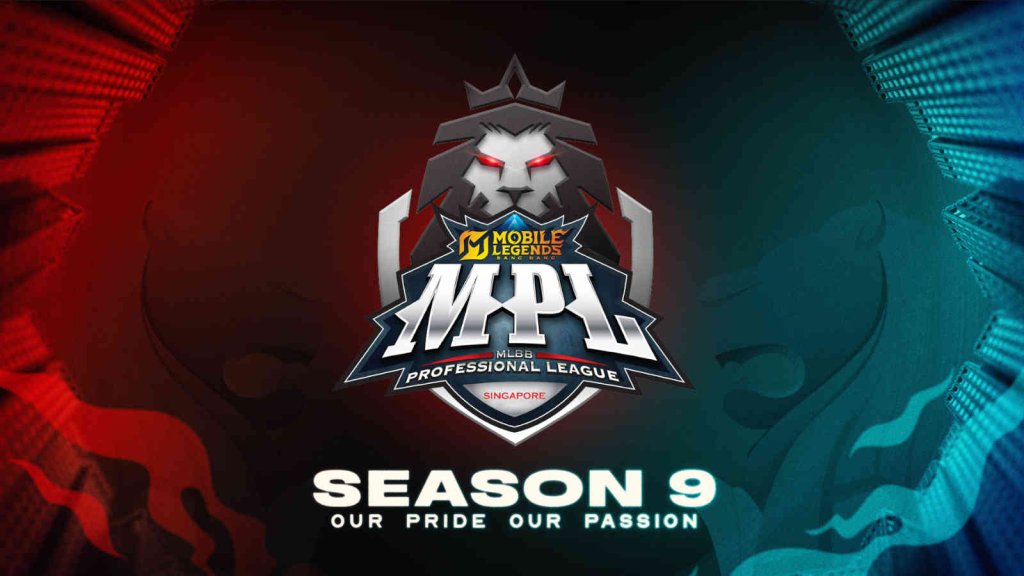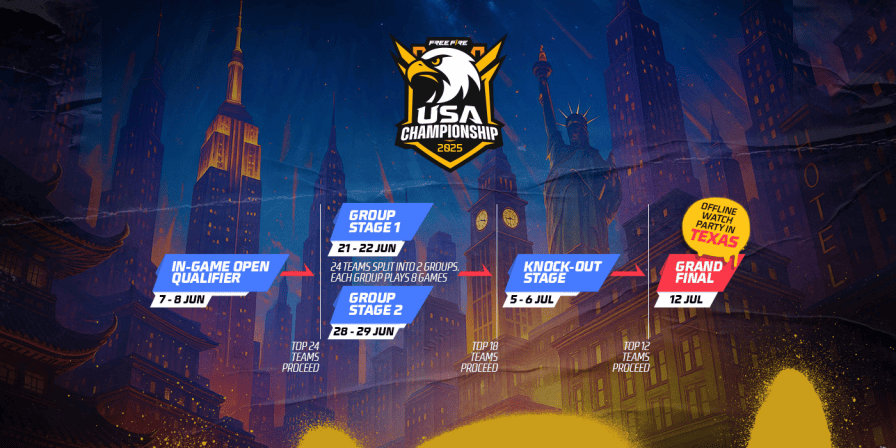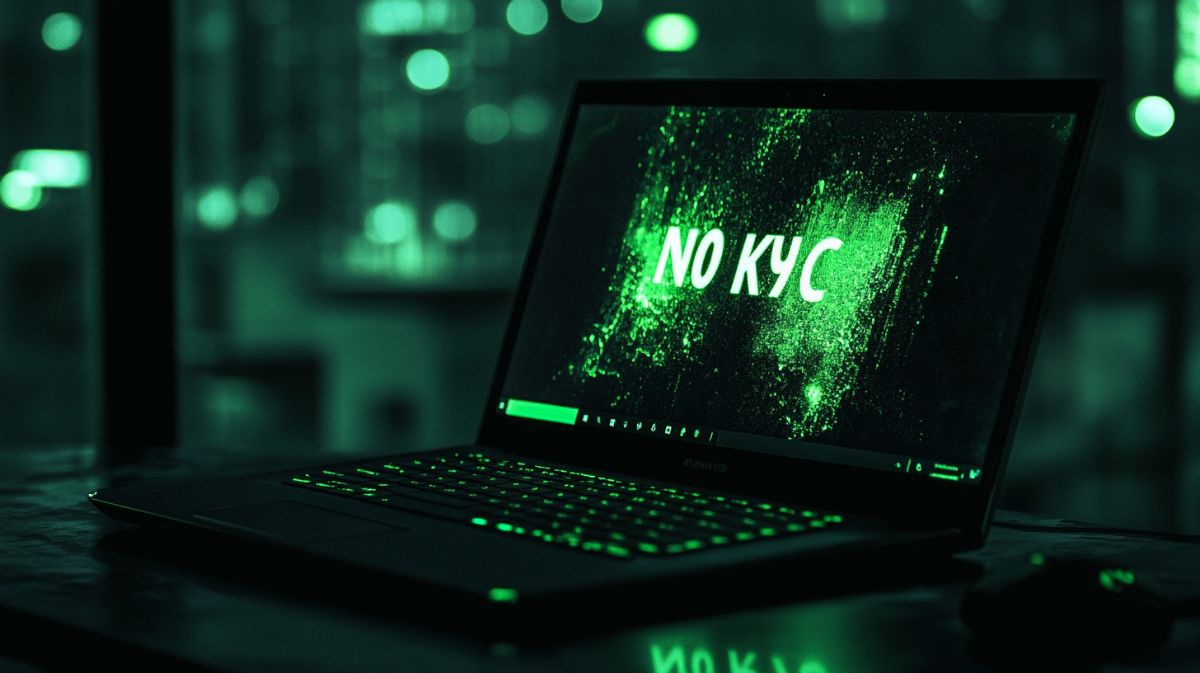ESL’s Sam Braithwaite on Mobile Esports in the West: ‘It’s already here and vibrant’
Amongst the biggest esports leagues in history is the Intel Extreme Masters (IEM), which was founded back in 2007. The growth of the league happened concurrently with the explosion of the popularity of esports around the world.
Now, another new league like the IEM is here, and it’s the Snapdragon Pro Series (SPS). Started in 2022, it has already partnered with Activision and Supercell to host the official esports competitions for COD Mobile and Brawl Stars, respectively. Besides this, it features a slew of other titles including PUBG Mobile, MLBB, Asphalt 9, and more.
We got the chance to sit down with ESL Faceit Group’s Sam Braithwaite, the VP of Game Ecosystems, Mobile to talk about the SPS, why publishers are choosing to partner with it instead of running standalone leagues, the games in it, and more. Here’s the excerpt from the interview.

Image Credits: ESL
Why are publishers like Activision and Supercell choosing to partner with the SPS to fully manage their esports roadmaps instead of doing it independently?
Creating and managing a global esports ecosystem requires tremendous expertise, resources, and money. The Snapdragon Pro Series was built to ease those requirements for publishers so they can focus on the most important job; building and maintaining amazing games.
EFG boasts two decades of experience in both mobile and traditional PC esports, arming us with the know-how required to create and scale esports circuits for our partners.
Our work gives partners the opportunity to focus on serving their broader player base while we ensure that their millions of passionate competitive players are getting the top-tier gameplay experiences they deserve. And the SPS isn’t just for potential pros, either: The accessibility of our ecosystem allows us to also play a role in introducing fans to the competitive scene, be it through amateur events or creating in-game avenues to watching their favorite game’s esports competitions.
In Year 3 alone, we facilitated nearly one billion matches and connected with 4.4 million players around the world, and that’s a testament to the value participating in the SPS provides to publishers.
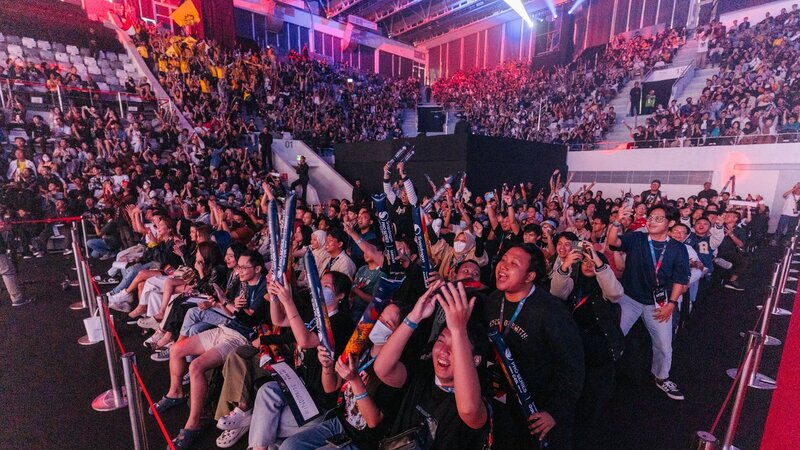
Image Credits: ESL
How has engagement and interest in mobile esports evolved in the West? How do you think it can be improved, and which games will lead this movement?
One of the biggest myths about mobile esports is that it’s just starting to grow in the West, when in reality, it’s already here and vibrant. We’ve continued to see year-over-year growth in the West throughout the Snapdragon Pro Series.
Our entry into Latin America, for example, was met with great enthusiasm, and we engaged over 1 million participants in the region during Year 2 alone. We also engaged over 2 million players in North America and Europe collectively that same year. We have also seen massive viewership growth in the West, with expectations of over 10M hours watched in Year 3, or 3x year-over-year growth.
Of course, different regions have preferences for different games, and we need to make sure we’re putting resources behind the right games in each to grow our player bases in every region. For example, the Call of Duty franchise has deep casual gaming and esports roots in North America, and that made Call of Duty: Mobile a natural addition to our competitive slate there. The same is true for Free Fire in Latin America and Brawl Stars in Europe.
By supporting the titles that each regional fan base is most interested in, we’re able to ensure our tournaments are highly competitive and that we’re giving each of our audiences what they want.
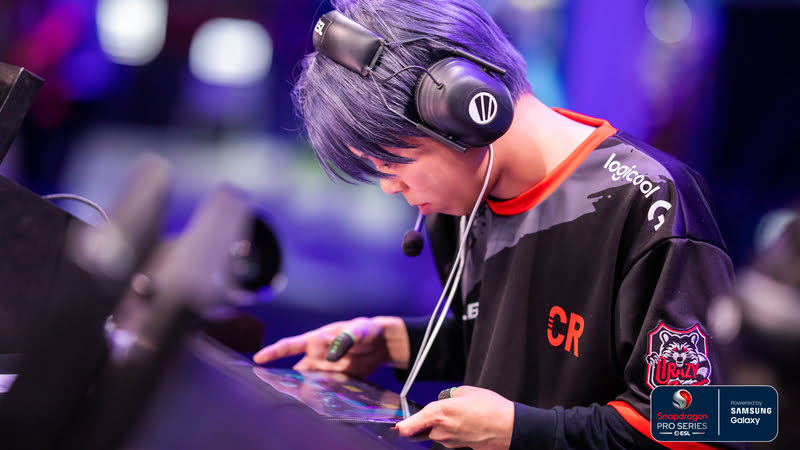
Image Credits: ESL
Large parts of the SPS, especially offline events in the West, have been integrated into other EFG-owned IPs like DreamHack. How have these collaborations played out? Have they helped in attracting a new demographic to on-ground events?
Integrating our SPS events into other festivals and conferences is a great opportunity to increase the visibility of mobile esports. For example, at DreamHack Atlanta, Call of Duty: Mobile has as large, if not larger, of a stage as iconic PC esports like Starcraft II and Counter-Strike 2. Last year’s Call of Duty: Mobile World Championship at DreamHack Atlanta was the esport’s most-watched event of all time, and this year’s Mobile Challenge Finals in Kuala Lumpur saw over 888,000 peak viewers online and over 65,000 fans in-person.
Bringing SPS competitions to these sorts of events with massive, diverse audiences helps us share the magic of mobile esports with even more fans and create those “aha” moments that help turn festival visitors who don’t know esports into players and fans.
Are you looking to integrate more games into the SPS? Right now, the portfolio of titles features a balance between different genres. If so, could you share a bit about the criteria you use to select a game and which genres you are considering for the future?
The core of our decision on which titles to add to the SPS is if there’s a desire from players to participate. We see these appetites differ between regions, which is why you see some SPS titles offered in certain regions, but not others. It’s also important to continue to offer variety to our competitors, and you already see that with the SPS including battle royales, racing, MOBAs, and other genres.
With that in mind, we’re open to plenty of titles and genres, and our sights are set on building out our offerings for players, so stay tuned.
Lastly, what are the emerging markets for mobile esports, and how is the SPS helping to boost their growth?
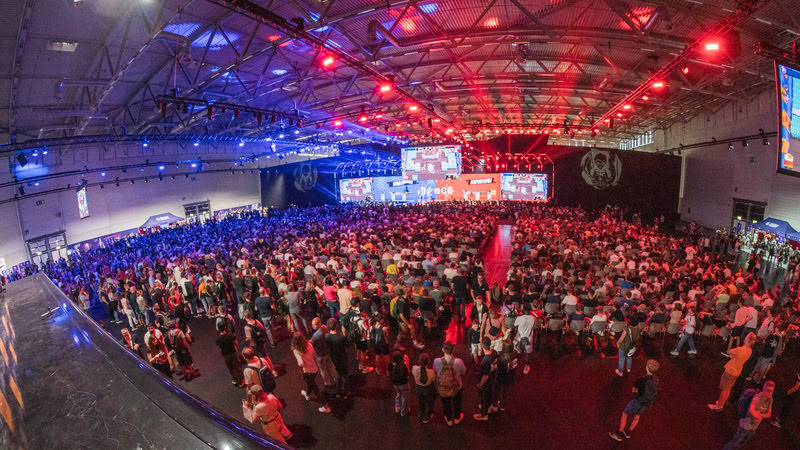
Image Credits: ESL
Latin America’s gaming and esports landscape has grown 5 percent year-over-year, making it one of the fastest-growing gaming – and specifically mobile gaming – markets in the world. That’s why we entered the region in Year 2 and have since doubled down on opportunities for its rapidly-growing player base, including bringing our Year 2 Mobile Masters event to Brazil.
The Middle East is also a mobile gaming hotspot. Over 60% of consumers in the region are gaming enthusiasts and gamers in the Middle East spend over half of their time playing on mobile devices. These gamers have a deep affinity for mobile esports titles too, and games like Call of Duty: Mobile are wildly popular amongst Middle Eastern gamers – and it’s definitely something we’re continuing to monitor and find ways to support through the SPS.
